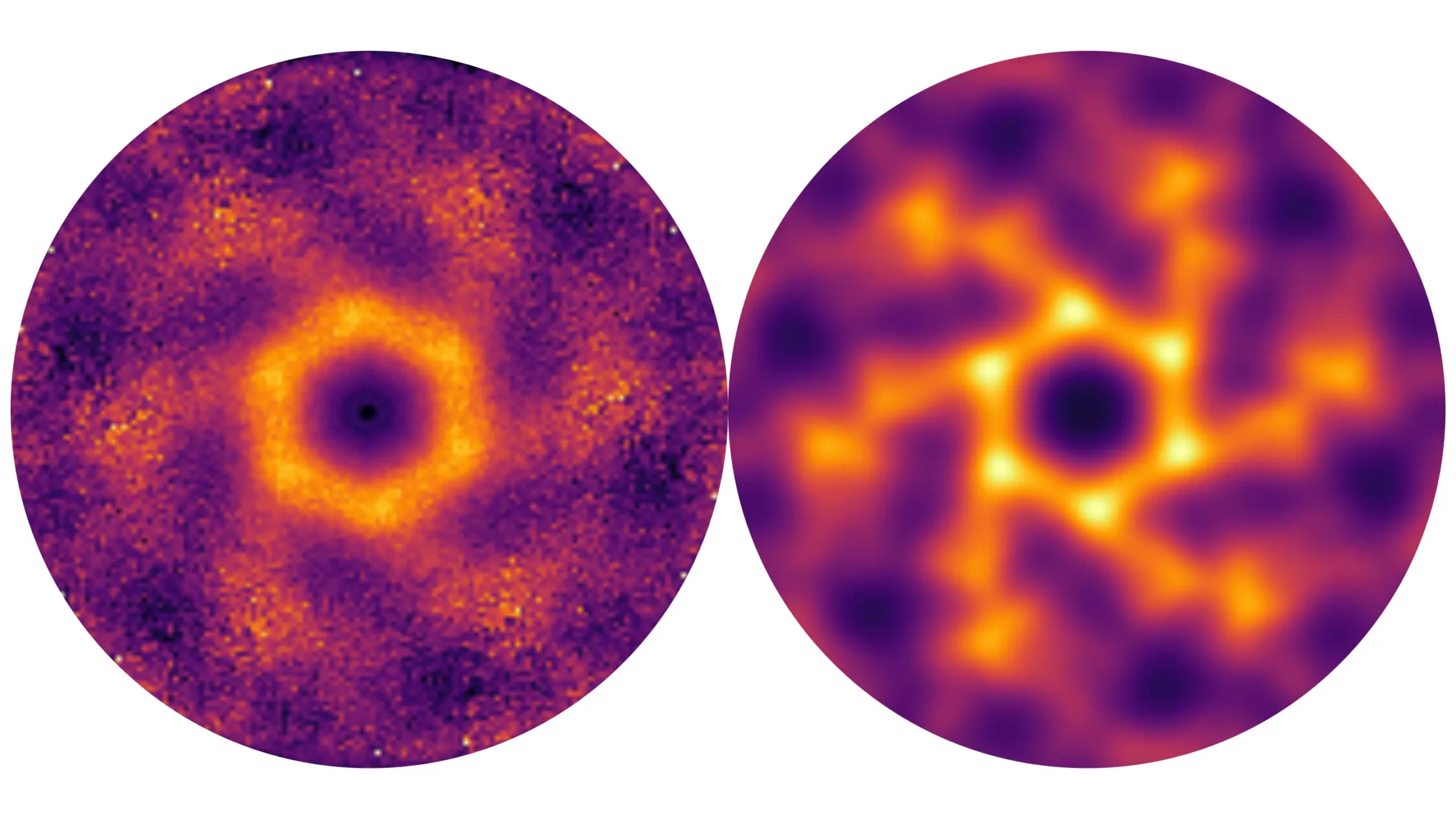In a recent groundbreaking discovery, an international team of researchers has identified a 3D quantum spin liquid within the langbeinite family of materials. This intriguing finding stems from the unique crystalline structure of the material and the resulting magnetic interactions, giving rise to a behavior that can be likened to an “island of liquidity.” Traditionally, quantum spin liquids (QSLs) have been predominantly studied in two-dimensional structures. However, this discovery showcases that the phenomenon can also manifest in three-dimensional structures, albeit less frequently.
The Role of Magnetic Frustration
At the heart of this discovery lies the concept of magnetic frustration, where spins within a crystal lattice are unable to align to achieve a minimum energy state. When this frustration reaches a critical threshold, the spins begin to fluctuate in a disordered manner, leading to the emergence of a quantum spin liquid state. This peculiar behavior persists even as the temperature approaches absolute zero, highlighting the unique nature of these materials.
The Experimental Approach
The research team conducted experiments at the ISIS neutron source to observe the magnetic fluctuations in a nickel-langbeinite sample. By artificially creating langbeinite crystals with the molecular formula K2Ni2(SO4)3, the team was able to investigate the role of nickel ions in inducing magnetic frustration. Through the entanglement of trillium lattices formed by nickel ions, the desired quantum spin liquid state was achieved, further accentuated by the application of an external magnetic field.
Complementing the experimental findings, the team utilized theoretical modeling, including Monte Carlo simulations and the pseudo-fermion function renormalization group (PFFRG) method based on Feynman diagrams. These theoretical approaches provided a deeper understanding of the magnetic interactions within the system, allowing for the accurate prediction of the observed behavior. The agreement between the experimental data and theoretical results points to the robustness of the model in capturing the complexity of the system.
The discovery of 3D quantum spin liquids in langbeinite family materials opens up new avenues for exploring quantum phenomena in uncharted territory. The study highlights the potential for harnessing the unique properties of these materials for applications such as stable qubits, with implications for quantum computing and advanced technologies. Additionally, the synthesis of new representatives of this material class by the research team underlines the vast potential for further exploration and discovery in the realm of quantum spin liquids.
The unveiling of a 3D quantum spin liquid in langbeinite family materials marks a significant advancement in the field of condensed matter physics. This discovery not only expands our understanding of quantum behaviors in complex systems but also paves the way for future innovations in quantum technologies. As researchers delve deeper into the intricacies of these materials, the possibilities for unlocking novel quantum phenomena continue to grow, promising a future rich with groundbreaking discoveries.



Leave a Reply